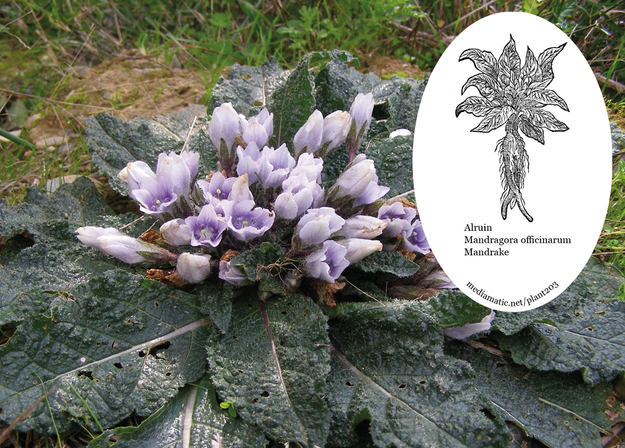Mandrake has a long history of medicinal use, though superstition has played a large part in the uses it has been applied to. It is rarely prescribed in modern herbalism, though it contains hyoscine which is the standard pre-operative medication given to soothe patients and reduce bronchial secretions. It is also used to treat travel sickness. The fresh or dried root contains highly poisonous alkaloids and is cathartic, strongly emetic, hallucinogenic and narcotic. In sufficient quantities it induces a state of oblivion and was used as an anaesthetic for operations in early surgery. It was much used in the past for its anodyne and soporific properties. In the past, juice from the finely grated root was applied externally to relieve rheumatic pains, ulcers and scrofulous tumours. It was also used internally to treat melancholy, convulsions and mania. When taken internally in large doses, however, it is said to excite delirium and madness. The root should be used with caution, and only under the supervision of a qualified practitioner. See the notes above on toxicity. The leaves are harmless and cooling. They have been used for ointments and other external applications to ulcers etc. Source: https://pfaf.org/
Mandrake
Mandragora officinarum
Find this plant on Wikipedia.
